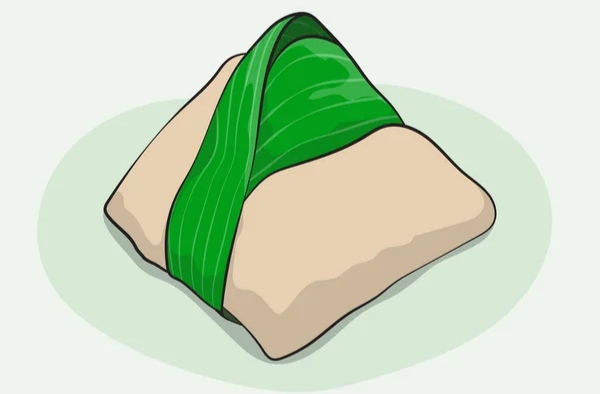So I just watched a cooking video and Wok Hay got described as “Breath of the wok” again, and I got triggered.
That is one of those lazy explanation Chinese geezers make to get you off their face and stop bothering them, and unfortunately it became canon.
So here I attempt to give a better explanation based on my cultural background and firsthand experience.
The word Hay in Wok Hay is the Cantonese pronunciation of the word Qi. Meaning energy, and supposedly energy flows like fluid according to Chinese metaphysics.
When a dish is said to be having Wok Hay, it means that it is “charged up with energy” during its time in cooking the wok, but really this is more of a fantastical description of a more mechanical process.
(Also reason why Chinese people say fried rice, fried noodles, fried anything are “heaty”, the hot Qi in the food can cause hot Qi aka Yeet Hay in your body to accumulate, causing imbalance and make you sick)
There are 2 parts that makes up this perception of Wok Hay.
-
Dry radiant heat. In Malay, “bahang”. The dish is cooked to a point where it reach a temperature so high that when it is served, the mere presence of the food itself gives you that warm, tosaty feeling. And eating “fresh from the oven/fryer” hot food is always more enjoyable, think fried chicken, pizza, fritters, toast etc. The feeling is also quite different from wet heat like from hot soup and porridge.
-
Side effects of (mostly) dry, high heat cooking. Meat and carbohydrates get slightly browned getting that delicious Maillard reaction, vegetables getting heated up so fast they got cooked without losing too much moisture. And in the case of carbohydrates, having most of their surface moisture toasted off means they don’t clump, making the eating experience much more enjoyable.
It also follows that you can kill Wok Hay simply by leaving the dish turn cold. It will still have that toasted taste, but without that toasty warm feeling it feels “flat”, and carbohydrates will also start absorbing moisture making it a sad, stodgy lump.
To achieve Wok Hay, one must cook the food till they reach very high temperature without burning it. Woks are superior for this because it’s wide curved shape makes it easier to rapidly stir your food around preventing burning, and woks are usually thinner than skillets, meaning better heat transfer.
It is not easy to achieve. Many factors can make you fail. Like overly moist ingredients, too large of a portion with underpowered burner, going too fast and burn the food with overpowered burner, overloading your wok and you can no longer stir fast enough, food sticking to wok and burn etc.
Its an art.
Hope this info is helpful.


I’m not sure it’s just the mere heating of the food via an extremely heated surface. J Kenji Lopez Alt opined that wok hey is the result of singed fat from the high heat output burner, where oil vapours combust and deposit as soot on the surface of the food. The other school of thought is that wok hey is the “licking” of the flame (as opined by Lucas Sin) when the food is tossed in the wok in a rocking motion over it’s boundary where the food is momentarily exposed to the literal flames of the burner, singeing it in the process. Some practitioners simulate this by applying a butane torch (the ones used to make aburi sushi) to the food surface if they do not have access to a high BTU burner.